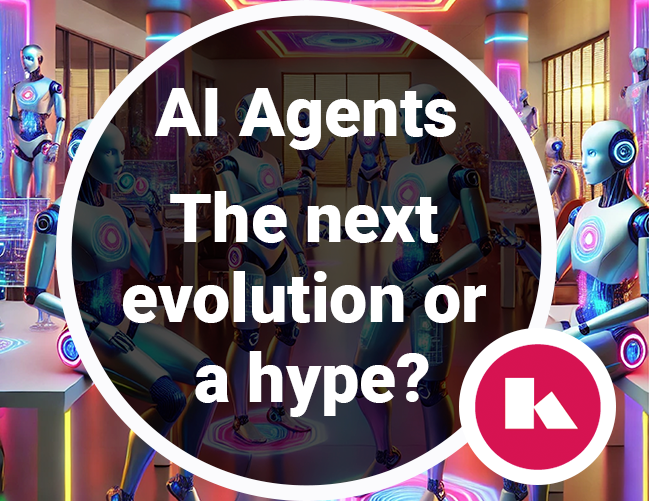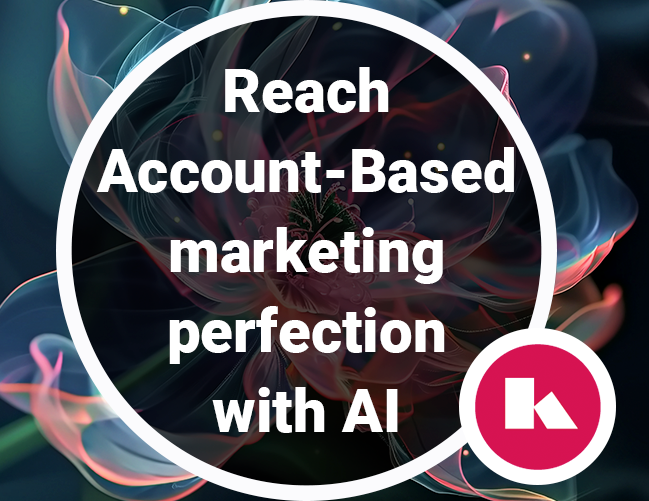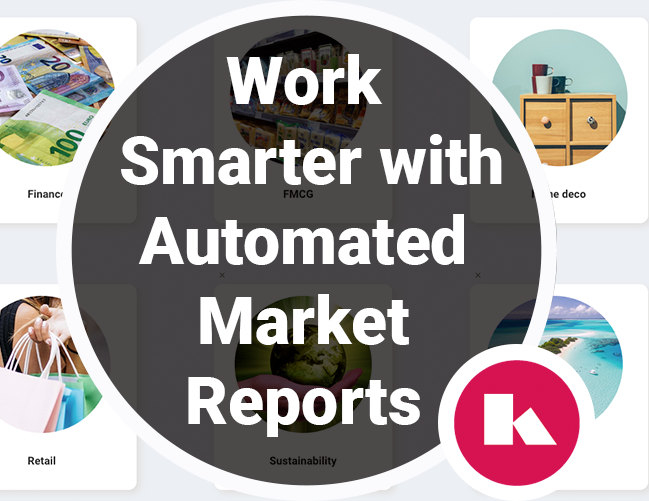USE DATA FOR SMART INTERACTION
Many user interactions have been designed and implemented based on false assumptions. The impact of machine learning, when mixing it with available data inside and outside the organization, often is not considered.

By understanding and designing around your users’ contexts, you can forecast data that is required in its interactions. The output format can be in the form of suggestions but, once accurate enough, it will be able to auto-complete without bothering the user with suggestions for input.
A user validating a VAT-number and having to correct it, for example, could get predictions for the corrections. Or while entering an order, it’s possible to predict suggestions for the next possible actions to be taken or even execute them already. For example, predicting shipping addresses with typing ahead.
However, it is not about suggestions only. It is also about removing paths and elements that are no longer needed when a user starts taking a course of action. In fact, often it is even easier to predict what no longer is needed. User information combined with social-economic data can find correlations regarding which interactions are never used in specific contexts. No need to show those on-screen and offer them as options.
When Machine Learning is properly integrated into the user interaction, the user can work more efficiently without the distraction of having to fill in all kinds of data. It does require an alternative mindset when designing a more dynamic and advanced user interaction.
Recent Posts
Business

AI Agents, the logical evolution that is hyped
Agents are the latest buzzword in AI, often positioned as the next evolution beyond Generative AI (GenAI). The concept...
A.I.

Reach Account-Based Marketing perfection with AI
While Account-Based Marketing (ABM) may appear to be a natural evolution of targeted marketing, there’s much more...
Company

Working Smarter with Automated Market Reports
“I regularly create market reports, but it’s still mostly manual work. I feel like AI could make this more efficient —...
